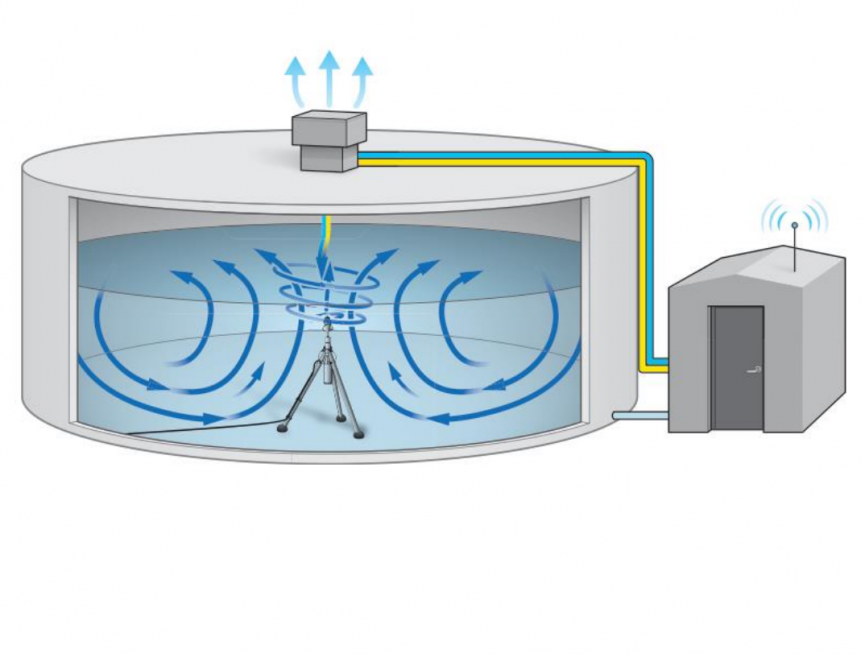Disinfection by-products are most commonly formed by the reaction of disinfectants with organic matter. All commonly used chemical disinfectants (e.g. chlorine and ozone) react with organic matter and/or bromide to varying degrees to form different disinfection by-products.
If chlorination is practised, the Trihalomethanes (THMs) and Haloacetic Acids (HAAs) will be the main DBPs.
The disinfection by-product rule was transposed into UK law in 2010. The Water Supply Regulations 2010 update regulation 26(1) require water undertakers to ensure that disinfection by-products (DBPs) are kept as low as possible without compromising the effectiveness of the disinfection process.
Compliance with the 100ug/l standard for TTHMs (total trihalomethanes) is very high in the UK.
DWI have for many years been monitoring water companies against the disinfection byproduct rule with a guidance document published in 2011 indicated that any level above 50% of the compliance level would be reviewed.
As reported in Drinking Water 2011 (the Chief Inspectors report), an assessment of how well companies are meeting the disinfection by-product rule using water company trihalomethane data reported for 2011 was completed. This evaluation used a screening criterion of an annual average value of <50ug/ l (50% of the THM standard) as a broad indicator that, generally, a company is minimising DBPs effectively. The data as presented in the regional reports shows that, in 2011, 44 water supply zones in England and Wales exceeded this screening criterion.
A review of different national approaches to the regulation of THMs in drinking water by WRc for DEFRA in 2008 concluded that adoption of the US approach to THMs (regulatory limit of 80ug/l) would afford no increased protection to UK drinking water and it is unlikely that there would be an increase in exceedances.
However, in a recent CIWEM conference in London in November 2015 on Water Quality, Dr John Fawell mentioned that the EU is possibly considering reviewing DBP acceptable levels and in particular THMs. This would mean a regulatory reduction but to exactly what level has not yet been determined or when it would become transposed into UK law.
It will be interesting to see what strategies different water companies adopt, and whether they are proactive or reactive to any change in legislation, in my opinion, it would be prudent for organisations to be investigating their options, and where current compliance is already a challenging investment should be fast-tracked.
For more information, contact the team on 01896 663 330 or email info@pantonmcleod.co.uk
Keep up to date with all our latest news via Twitter. Follow us at Panton McLeod

